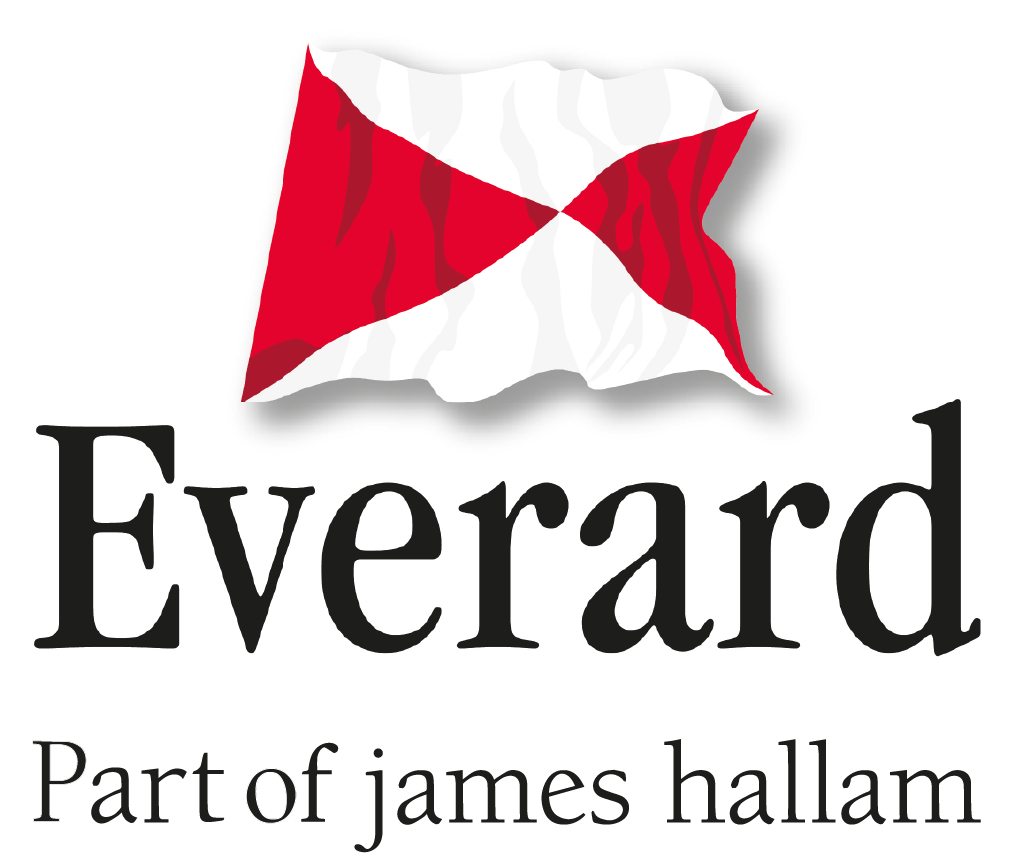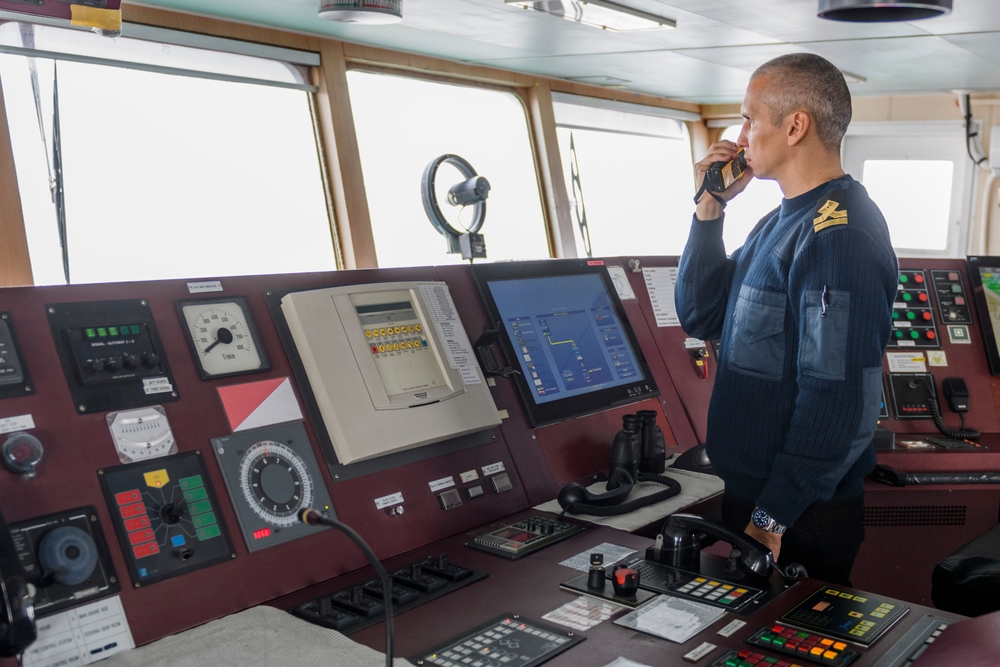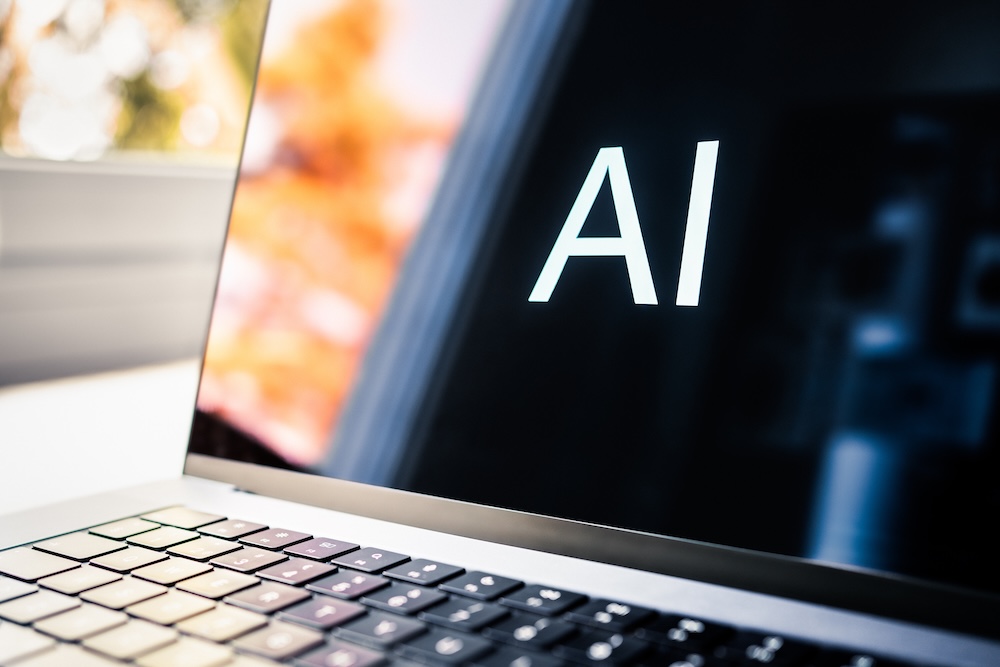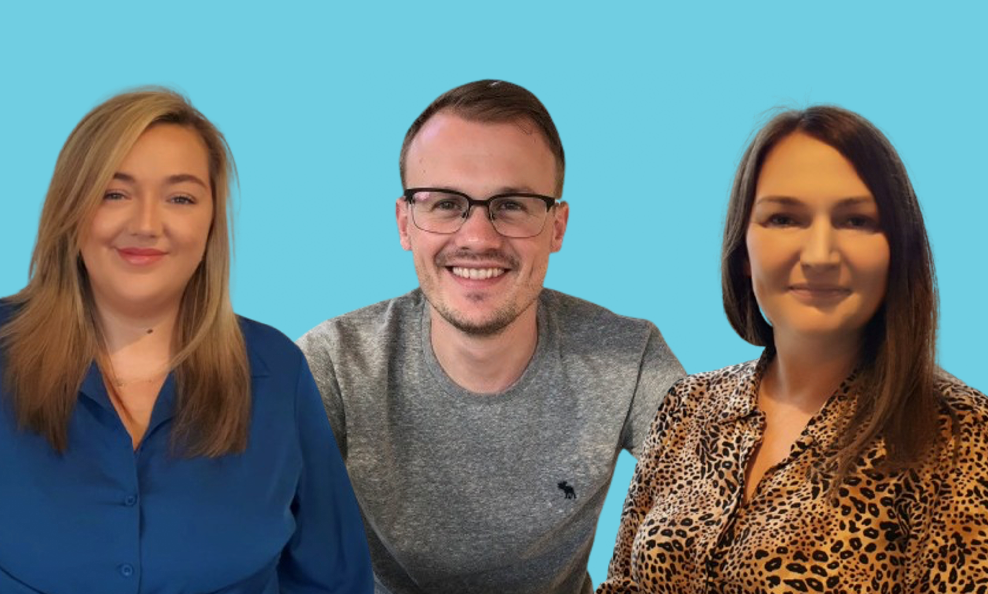
A pirate attack is one of every ship operator’s worst nightmares. A single incident can endanger lives, disrupt your supply chain, and result in millions in losses.
In this post, we outline key security measures ships can implement to help prevent piracy at sea. Be sure to consult the International Maritime Organization (IMO) guidance on maritime security and piracy for further best practices.
Be sure to read the International Maritime Organization guidance on maritime security and piracy too.
What are the Risks of Piracy?
Pirate attacks may be less frequent now than they have been in previous decades. But piracy remains a real risk in certain waters, including parts of the Indian Ocean, the Strait of Malacca, and the Gulf of Guinea.
Whether it is a hijacking or an instance of armed robbery, any kind of pirate attack can jeopardise your operations in a number of ways:
- Threat to crew safety, with a possibility of kidnapping, ransom, or even murder.
- Severe operational delays as a result of hijacked, detained, or damaged vessels.
- Significant financial costs following ransom payments, rerouting expenses, damages to vessels, and potentially higher insurance premiums.
How Do Modern Pirates Operate?
Understanding modern piracy techniques is your first step to securing your ships against the threat of piracy:
- Pirates are rarely opportunistic. They will take the time to identify vulnerable targets which they know will offer maximum rewards with minimal resistance. So, if you do not implement measures to manage this threat, pirates may find out, and they may target you for this specific reason.
- Pirates tend to use small and fast vessels that allow them to approach their targets quickly and quietly.
- Pirates will attempt to take control of your ship by force. They will make use of guns, knives, or even crude improvised weapons.
- Once onboard, their goal may be to steal cargo, take hostages or hijack the vessel for ransom.
How To Prevent Piracy at Sea with Ship Security Measures
Below we will explore some measures that will help you prevent piracy at sea. Remember that pirates may run covert reconnaissance missions to identify vulnerable targets. So as well as helping you to protect your crew, your ship, and your cargo in the event of an attack, these measures may also act as a strong deterrent.
- Situational Awareness Training For Your Crew
Invest in specialist training for your crew on identifying and responding to any suspicious behaviour, or unidentified vessels. Everyone onboard should know what sort of things to look out for, and they should know how to report any potential threats. And you should have policies in place for how you act upon these reports.
Part of your response should be to relay distress signals with regional and international security organisations, and with other vessels in the area. This communication should go both ways, too. If vessels share real time information with each other, then pirates may have less of a chance to isolate vulnerable ships for attacks.
- Onboard Armed Security
If you will be sailing through waters where there is a known risk of piracy, then it might be worth investing in armed security personnel for your voyage.
The mere presence of armed personnel can deter pirates from even attempting an attack. Remember: Pirates are rarely opportunistic, and they will actively seek out vulnerable targets. A vessel with onboard armed security is, by definition, not vulnerable.
If you are considering hiring armed security for your voyage, take the time to familiarise yourself with local and international laws and regulations, to ensure that everything is safe and above board.
- Extra Security For Your Vessel
A pirate attack will invariably begin with an attempt to board your vessel. The right security systems can make it difficult, or even possible, for anyone to board your ship without your permission.
Razor wire or electric fences can deter pirates from attempting to board, while extra secure doors and windows can make it more difficult for them to take control should they manage to get onboard.
You could also ensure that your vessel has a safe room to which the crew can retreat if pirates do manage to board. This can help prevent the attack from escalating into a hostage situation. The safe room should be equipped with communication systems to allow you to send distress signals.
Are You Covered For The Risks of Piracy at Sea?
A single pirate attack can lead to substantial losses. If you operate in high-risk waters, you may face increased premiums for maritime insurance.
To safeguard your operations, consider specialist coverage, including:
- War Risk Insurance – Protects against losses from acts of war, terrorism, and piracy in designated high-risk zones.
- Kidnap & Ransom (K&R) Insurance – Covers ransom payments, crisis response, and related costs in the event of crew abduction.
Everard Insurance Brokers, the specialist marine division of accredited Lloyd’s broker James Hallam Limited, can help you secure comprehensive protection against piracy and related risks—so you and your crew can recover swiftly from any incident at sea.







 We are delighted to spotlight Danielle Wilson, one of our brilliant Client Advisers and a valued member of the team. Danielle brings a wonderful blend of expertise, warmth, and local insight that makes her an absolute asset to both colleagues and clients.
We are delighted to spotlight Danielle Wilson, one of our brilliant Client Advisers and a valued member of the team. Danielle brings a wonderful blend of expertise, warmth, and local insight that makes her an absolute asset to both colleagues and clients. We are delighted to spotlight Blake Alford, one of our accomplished Senior Client Advisers and a valued member of the team. Blake brings an impressive depth of experience, technical expertise, and a genuine commitment to client service that makes him an invaluable asset to both colleagues and clients.
We are delighted to spotlight Blake Alford, one of our accomplished Senior Client Advisers and a valued member of the team. Blake brings an impressive depth of experience, technical expertise, and a genuine commitment to client service that makes him an invaluable asset to both colleagues and clients. We’re delighted to spotlight Cherry Markham, one of our dedicated Senior Client Advisers within the Private Clients Team, based in our London office. Cherry is known for her calm, thorough approach and her commitment to delivering excellent service to every client she supports.
We’re delighted to spotlight Cherry Markham, one of our dedicated Senior Client Advisers within the Private Clients Team, based in our London office. Cherry is known for her calm, thorough approach and her commitment to delivering excellent service to every client she supports.



